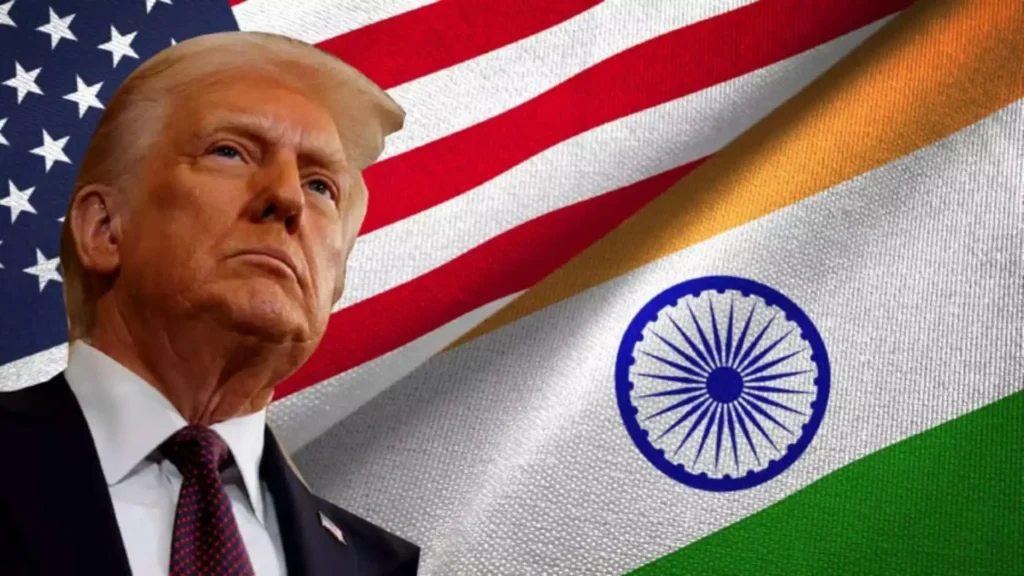Tensions between the U.S. and India deepened on Monday after the former U.S. President Donald Trump again threatened steep tariffs on Indian imports in retaliation for India’s continued purchase of Russian oil. New Delhi dismissed the criticism as “unjustified” and defended its energy strategy as a necessity driven by global conditions.
What Happened
In a social media post, Trump accused India of profiting from discounted Russian oil while ignoring the humanitarian cost of the Ukraine war.
“India is not only buying massive amounts of Russian oil, they are selling it on the open market for big profits,” Trump said, warning that he would “substantially raise the tariff” India pays to the U.S.
India’s foreign ministry quickly responded, stating it would “take all necessary measures to safeguard its national interests and economic security,” calling Trump’s remarks “unjustified and unreasonable.”
Despite the growing pressure, Indian government sources told Reuters that New Delhi will continue importing Russian crude, citing national energy needs and long-standing strategic ties with Moscow.
Impact
Trump’s latest comments come amid growing concerns in India over rising trade protectionism. In July, he had already slapped 25% tariffs on Indian imports, escalating friction over stalled trade talks, defense purchases, and broader geopolitical alignment.
The tariff threat has already had a chilling effect:
- Indian refiners paused new Russian crude purchases last week, according to trade sources.
- Discounts on Russian oil have narrowed, making alternatives more attractive.
- Meanwhile, Indian Oil Corp, the country’s largest refiner, has started sourcing 7 million barrels of oil from the U.S., Canada, and the Middle East instead.
This shift could temporarily strain India’s energy budget and pressure fuel inflation, especially if tariffs are imposed broadly.
Context
India has emerged as the largest buyer of Russian seaborne crude, averaging 1.75 million barrels per day between January and June this year. The surge began after Western countries diverted Russian oil imports post-invasion of Ukraine, opening a trade window that India capitalized on.
India has consistently maintained that:
- Its Russian oil purchases are a matter of economic survival, not politics.
- Western countries, including EU members, continue their own trade with Russia, even while urging others to halt theirs.
Separately, the BRICS bloc, of which India is a key member, has also been labeled by Trump as “hostile” to the U.S., a view rejected by member nations.
Additionally, India remains wary of the unpredictability of Trump’s policies. Analysts say this inconsistency — especially concerning Russia — leaves countries like India unsure how to align their long-term strategy.
What’s Next
India is expected to continue balancing energy security and diplomatic pressure. While it won’t completely shut the door on Russian oil, refiners may further diversify sources to hedge against American trade penalties.
Trump has set a Friday deadline to impose sanctions on countries continuing to trade with Russia — a deadline that could trigger a new round of tariffs and legal challenges.
In the coming days:
- Watch for announcements on whether India will be formally penalized.
- Observe U.S.-India trade negotiations, which remain stalled amid rising tensions.
See whether India’s energy import strategy shifts, especially if other nations join Trump’s sanctions bandwagon.
